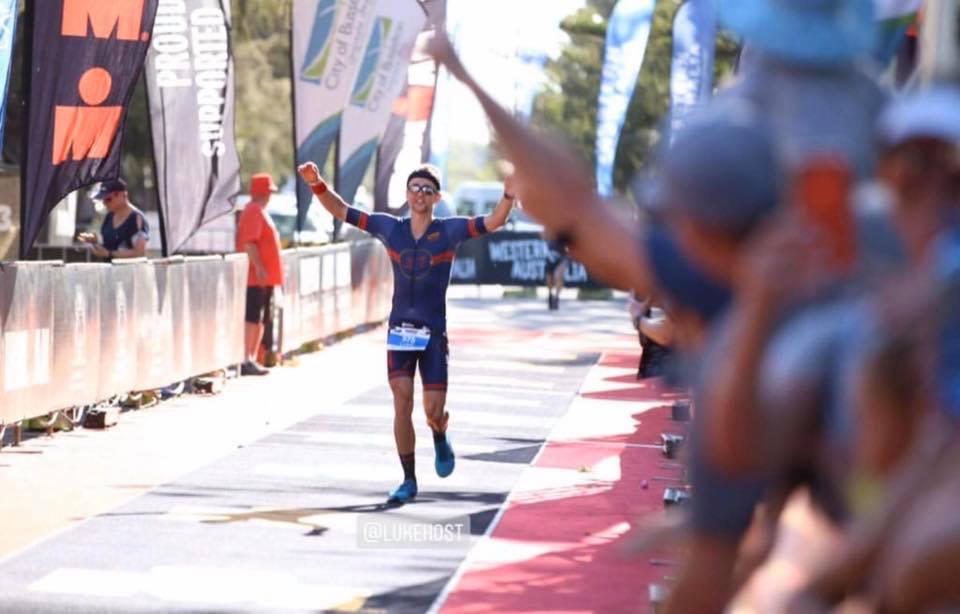
Post season and prep phase is fast approaching… it will begin in April, (immediately after the racing that forms part of the regular racing season ceases)
The post season will look slightly different for each athlete but is generally 2-4weeks of reduced load, focus and structure. Importantly though, it is the time to reflect, reset and reload prior to the commencement of the prepatory phase of season… which, as the name suggest, begins our preparation on the quest to make the following season even better.
It is this way to ensure continual development, year on year progression, clear cut phases which help build robust athletes, prevent repetition and boredom through variety, and, it happens to fall inline with the ‘quarter’ system often used in business.
JET Coaching will be implementing some developments come post season and prep phase as well as helping to facilitate this process for each athlete and community member. It is also a great time to ‘start’ or ‘restart’ because it will mean that one can experience a full cycle of phase progression (Post-Prep-Build-Fitness-Race)… So if you have family, friends, training partners that are looking for motivation to begin, it is the perfect time! If it is you, then what are you waiting for?!
This post comes at this point in time to remind you all of the process and value of post season and prep phase… which despite being the lowest demand on time and effort can actually be the most productive and beneficial phases in the training phase cycle. It is also the time to reset goals, consider equipment updates, complete screenings, address technical flaws, complete race planning and form NEW HABITS that will set up for success.
More to come…

We use a series of cyclical phases to help guide our training and manage the seasons here at JET Coaching… Here is a brief overview of which phase we are in now and the value of said phase
The Post Season and Preparatory Phases usually fall immediately following the end of the season, or, an individuals final race of the season.
Post Season is an opportunity to Reflect, Reset & Reload and that will transition in to the Preparatory Phase. These phases will essentially be merged this year.
The Preparatory Phase is a period of 10-14 weeks, which is critical development opportunity for all athletes. Executed correctly this will set you up physically, mentally and emotionally.
Some key aspects of the Prep phase:
– Opportunity to develop sound habits
– Strength
– Technical development
– End of range work
– Aerobic development (low heart rate)
– Lower demands on time and effort
– Vastly different to race phase training
More reading: https://jetcoaching.com.au/post-season-planning-reflect-reset-reload-make-next-season-your-best-yet/

We use a series of cyclical phases to help guide our training and manage the seasons here at JET Coaching…
Here is a brief overview of which phase we are in now and the value of said phase
The Post Season and Preparatory Phases usually fall immediately following the end of the season, or, an individuals final race of the season.
Post Season is an opportunity to Reflect, Reset & Reload and that will transition in to the Preparatory Phase. These phases will essentially be merged this year.
The Preparatory Phase is a period of 10-14 weeks, which is critical development opportunity for all athletes. Executed correctly this will set you up physically, mentally and emotionally.
Some key aspects of the Prep phase:
– Opportunity to develop sound habits
– Strength
– Technical development
– End of range work
– Aerobic development (low heart rate)
– Lower demands on time and effort
– Vastly different to race phase training
More reading: https://jetcoaching.com.au/post-season-planning-reflect-reset-reload-make-next-season-your-best-yet/
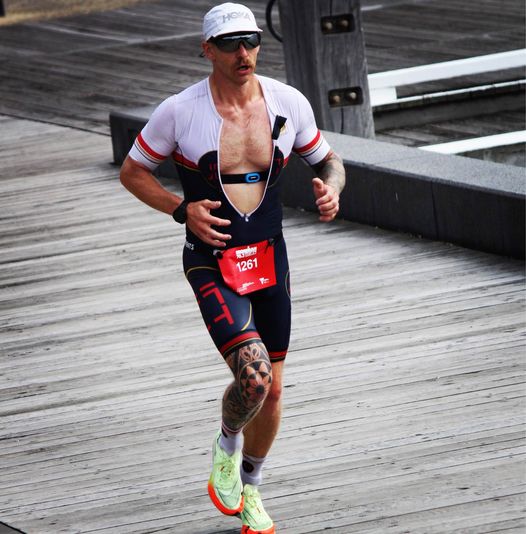
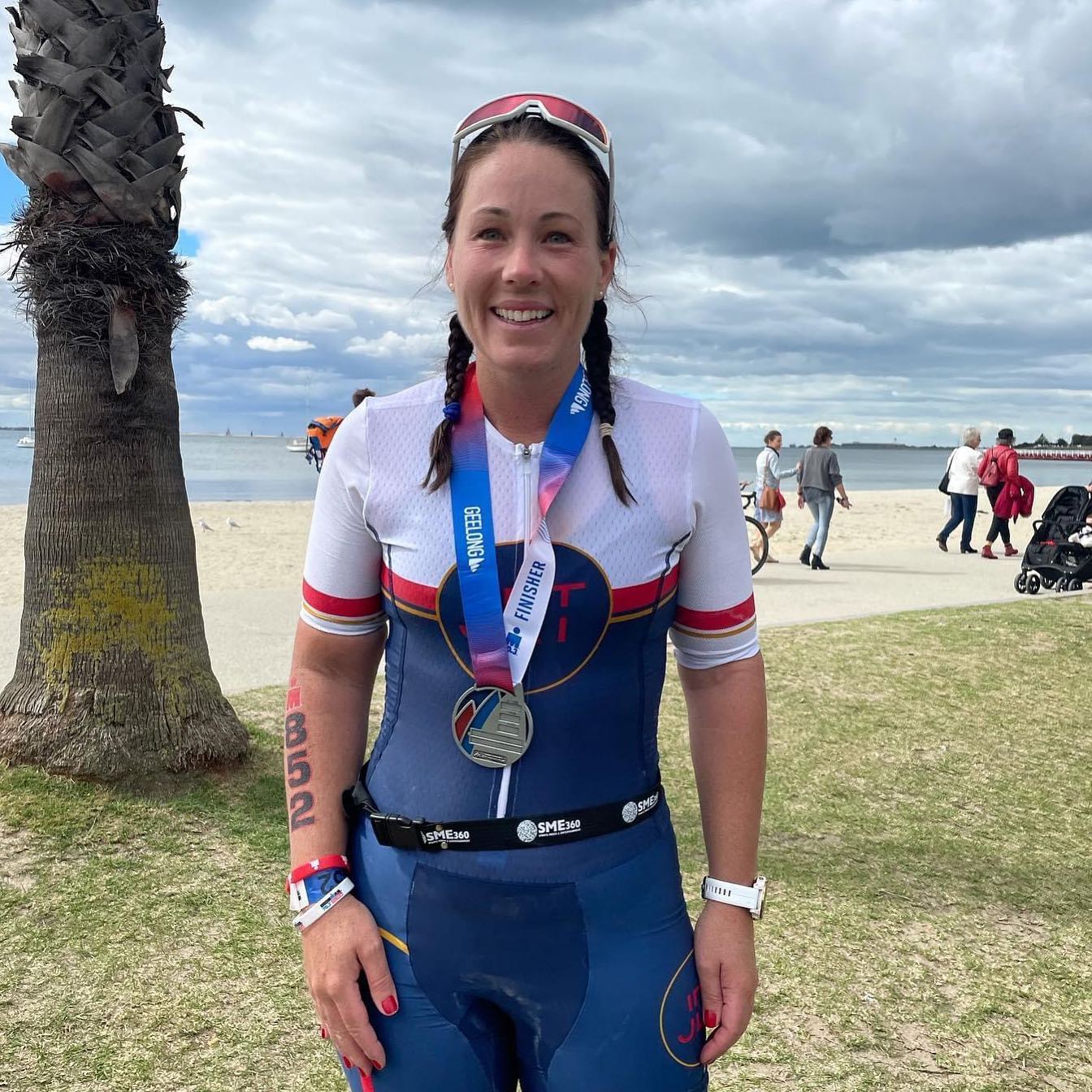
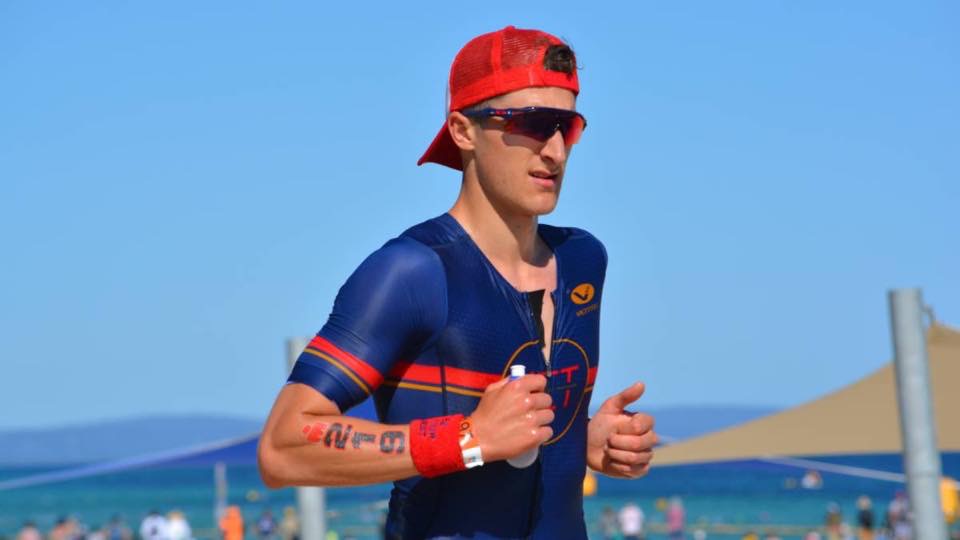
Throughout post season and prep phase, triathletes have a great opportunity to seek diversity with their training.
Away from straight line running, hours of pedalling and turning heads every two strokes, we can teach our bodies new skills, new movement patterns and create new habits in order to become more resilient and well-rounded as athletes and human beings.
One part of this diversity could be strength training, which may provide the obvious physical adaptations, but could also improve broader aspects of health.
Strength training can involve lots of different equipment, or none at all! For endurance athletes, it can be difficult to decipher why and how we should integrate strength training into our lives. Yes, this is where an experienced coach comes in handy. But, to help prepare you for these conversations with your coach or mentor, here’s some handy info you should know.
Strength training encourages us to ‘recruit’ more muscle fibres. Most endurance exercise is performed at low intensities, so it takes a lot less effort and significantly fewer muscle fibres to push the pedals than it does to perform a weighted squat. In doing so, we are teaching our muscles to produce more force voluntarily.
During recovery from strength training our muscles respond on a metabolic level by increasing their size, increasing voluntary availability and improving peak power capabilites. For the sake of this blog consider this: typical endurance athlete contains lots of ‘Type 1’ or ‘Slow-twitch’ muscle fibres which are great for repetitive, aerobic exercise. However, when asked to produce lots of force or lift a heavy weight, they struggle.
A typical gym-goer contains lots of ‘Type 2’ or ‘Fast-twitch’ muscle fibres which contract quickly, with lots of force during anaerobic movements like power lifting and sprinting. However, when asked to perform long bouts of exercise, these fibres fatigue easily. Herein lies the benefit of strength training for endurance athletes; by increasing the amount of force our type 1 muscle fibres can produce voluntarily, theoretically we can perform at higher intensities, push greater power through the pedals, propel forwards further and faster whilst swimming and running, for longer without fatigue. In simple terms, the efficiency or bang for your buck from each muscle contraction is improved and can be applied to swim, bike and run.
This all sounds great, but should we just go ahead and start squatting 100kgs under a bar? Probably not. In fact, please don’t! Our bodies are not accustomed to this type of exercise so it can take a bit of time to get used to. Starting with body weight to learn balance, stability and form. Then can we start to add resistance by using, weights, bands or machines.
Strength training can also be applied in a sport specific context like sprinting, hill running, low cadence efforts on the bike or paddle work in the pool. This type of training can be just as valuable and might be employed strategically to wean off pure lifting as we approach the season or to maintain strength during the racing calendar.
It’s important to remember that whilst training is fun and makes us feel great about ourselves, it’s not lifting the weights that makes us stronger, it’s the recovery afterwards where muscle is repaired, and new proteins formed. This occurs mainly during sleep, but there is also an active component to this with techniques such as stretching, compression, massage, nutrition and hydration. Each of which has a right time and place however, all can be employed to help us increase our strength, efficiency and quality of movement.
Strength training can improve muscle mass, force production and endurance. But is also increases our metabolic rate well above what endurance exercise does for similar amounts. This is also achieved through the upregulation of important hormones and neurotransmitters post-workout. This helps to improve body composition, insulin sensitivity, cardiovascular health, cholesterol levels, mood, energy levels and bone density. All which help to prevent injury and improve performance from an athletic and career standpoint. Strong quads are great for better power on the bike, but improved mood and energy can do wonders for daily productivity in the office.
A quick google search “strength training for triathletes” brings thousands of results, including free strength programs, exercises tips and ideas.
How can we find the right information about strength training amongst a sea of material?
Firstly, this information is not personalised or always suitable for individual needs; this is why an exercise physiologist, physiotherapist, strength and conditioning coach or triathlon coach is best to consult. Our most reputable resource are academic journals, google scholar or PubMed. But for easy reading and listening here’s a few resources to get you started:
https://www.purplepatchfitness.com/podcast-transfer/tag/Functional+Strength
https://www.fitter.co.nz/fitter-radio/2019/7/21/episode-273-tim-don
Words by Ryley Pasquali
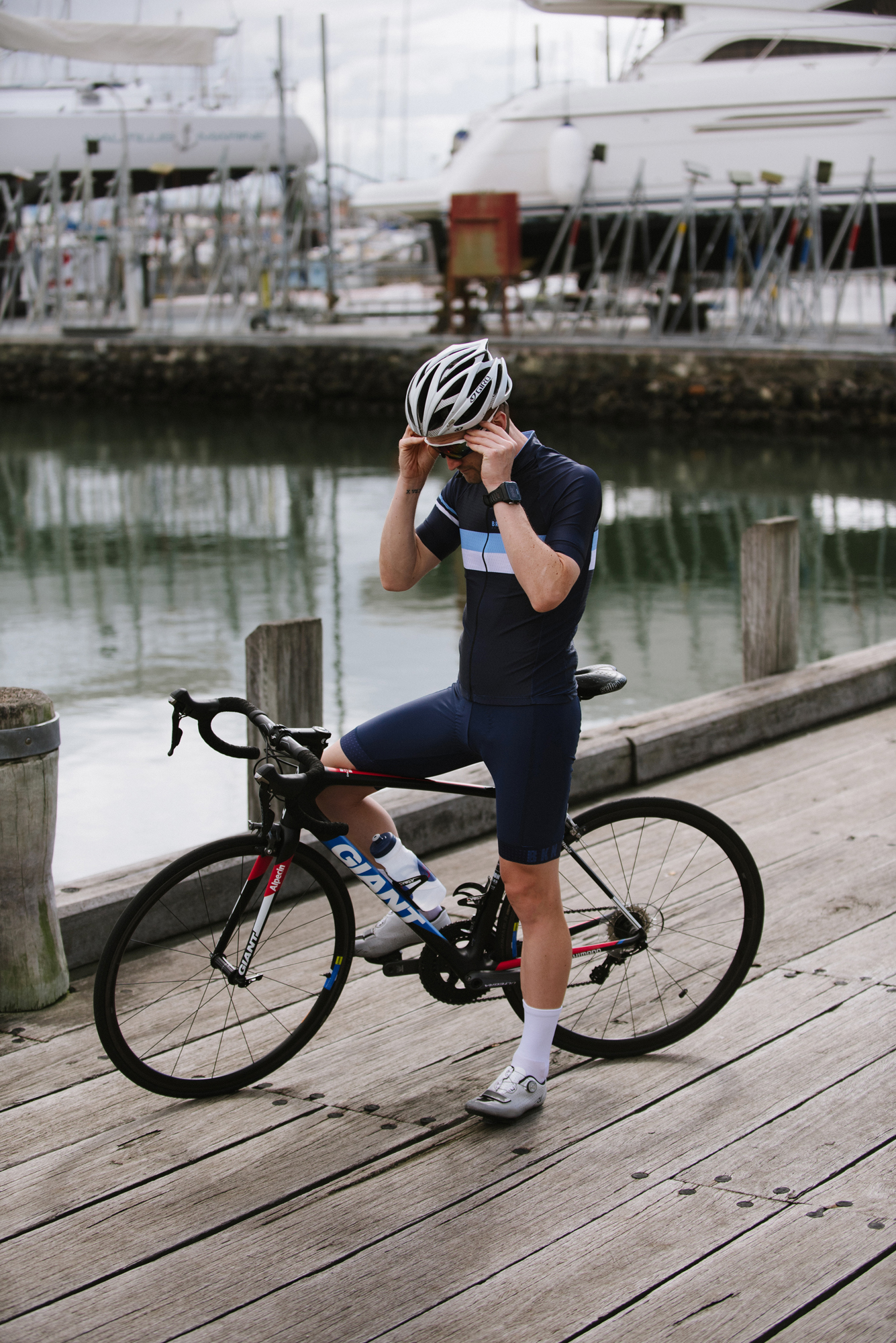
Post Season: Reflect, Reset, Reload…
Your season is done. Next season seems so far away. Do you keep training? Do you take a ‘break’? The period of post season / off season, and then the prepatory and build phases (often loosely labeled ‘winter training’) can be tricky to navigate and as such; so many get it wrong and miss an opportunity to continue their development as an athlete, and their year on year progression.
The period immediately following the season allows for reflection on the season past, which in turn, allows a resetting of goals and other areas of focus, which in turn, allows you to reload and start preparation for the season ahead.
There really shouldn’t be a start and end point but rather a continual cycle of seasons. That said focus, commitment and load should ebb and flow with the seasons as, quite simply; we are not robots. We are human beings and both body and mind need variation for continued progression.
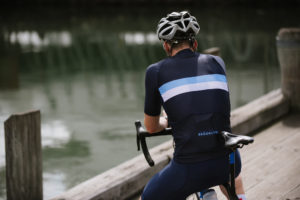
Depending on the individual there might be a couple of weeks ‘downtime’ whereby training is largely unstructured but still involves daily activity and exercise for general health and well being. There are some athletes that need to be encouraged to ‘keep moving’ whilst others need to be reminded to ‘relax’ a little and focus their attention elsewhere for a period of time. This period of post season might be 2-4 weeks in duration.
After this initial period the next step should involve a return to more structured training but one should not be anywhere near capacity in terms of logistical or overall training load. This is the time to keep training fun but also an opportunity to work on a specific area of development such as: running mechanics, swim stroke development, general bike strength etc… It is also the time to plan your season and the races, events and goals within it. We might label this period the prepatory phase and it could be anywhere from 6-12 weeks in duration.
Next we need to start bridging towards some more race specific work with a build phase. This will add a layer of progression and get a little more structured and specific. Typically this will be 6-10 weeks of work. One should look to consolidate upon the foundations laid in the prior phase(s).
Matt Dixon (PurplePatch Head Coach) suggests a ‘sustained power’ phase for four-eight weeks. The logic is sound as it is designed to create a steep improvement in fitness and conditioning and if done correctly will shift the focus before commencing the race specific phase.
Note: Your strength and conditioning should almost be an inverted version of your ‘endurance’ training component of training – this will allow synched progression and well rounded development. Simply; the two should compliment one another.
Lets go back to the top of the article and work through some ideas for what to do right now (Southern Hemisphere based athletes who aren’t racing again this season – note: if you are, then you can address this immediately following the end of your ‘season’)…
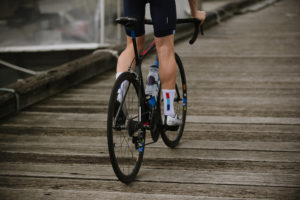
Case Study, Example Athlete Notes…:
—> Reflection
Didn’t race in the 2018/19 season but did train with the squad and maintained consistency
Explored some training ideas and mixed challenges with a fairly typical and sustainable weekly schedule
Found some of the love for the sport and a desire to improve, explore potential and race again in the coming season
Lack of overall strength, and conditioning apparent (and expected) but generally fit and injury free
Some lower back tightness when cycling on hilly courses over longer distances which seems to be from a weakness of anterior chain – commenced Pilates to rectify
—> Resetting
Would like to start a complete season cycle and see where fitness, motivation, body, mind and progression are in 12 months time
Return to structured training and racing with a focus on enjoyment and a consistent, yet dynamic approach (which has been lacking in the past)
Race 3-4 x half distance events between September and April including an overseas event
Match and then set new personal best splits and overall race times
All of the above going well; qualify for 70.3 world championships in Taupo, December 2020 and race with the squad
—> Reload
Two week trial period of structured training to commence early May
Enter proposed events!
Continue with Pilates and improve strength balance
Organise appropriate testing and fitting from third parties (bike fitting, equipment choices, travel, musculoskeletal screening, metabolic testing etc)
—> Proposed Events
KEY
– Sunshine Coast 70.3, Sept
– Busso 70.3, Dec
– Puerto Rico 70.3, March
– Challenge Melbourne, April (tentative)
OTHER
– TBC —> In Progress
– Ideas: Trail Runs, Half Marathon, Duathlon Series
—> Challenges (#agegrouperlife)
Evolution of previous approach to training and racing to ensure continued enjoyment of the sport
Managing parenthood
Continued development of business and community
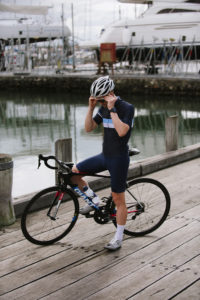
So, it may not take on the format above but each and every athlete is encouraged to take some time to go through this process with their Coach in the two-four weeks immediately following the end of their season so they can set themselves up for success in the future —> next season and beyond. Remember, this means in sport and in life!
Now is the perfect time to ‘start’ or at least; ‘evolve’ from your previous approach. There is so much to be gained from this process and the actions that will flow on from it.
What are you waiting for?
If you need some assistance, reach out: info@jetcoaching.com.au
#beyourbest,
JET COACHING
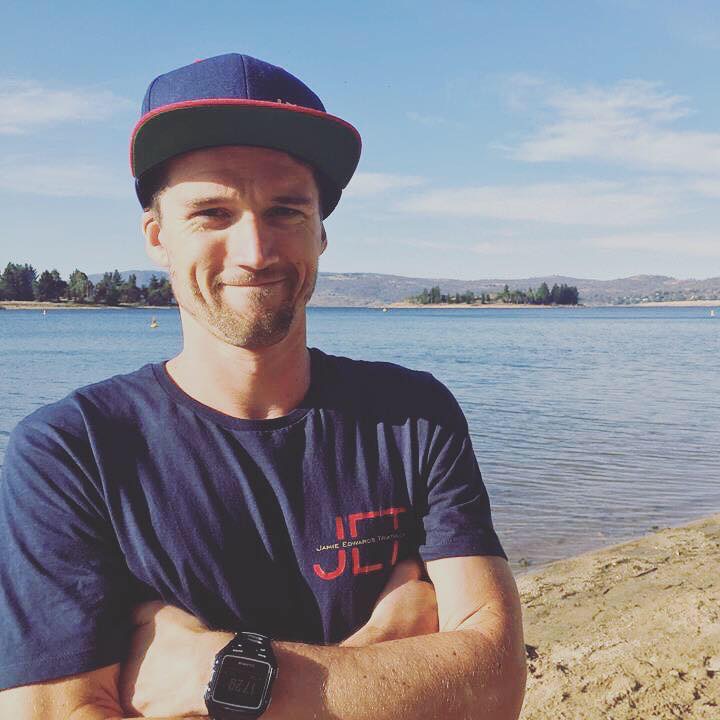
Training Phase Progression And Evolution At JET Coaching
Q1 – Jan-March —> Race Specific 2
Q2 – April-June —> Post Season and Prep Phase [WE ARE HERE]
Q3 – July-Sept —> Build Phase into Phitness Phase
Q4 – Oct-Dec —> Phitness Phase and Race Specifc 1
Post season: immediately after final race of season, 7-14 days, active, healthy living, removal of structure and expectations, take time away from sport, exercise.
Preparatory Phase: 10-14weeks, immediately following post season, prep for the work ahead, work on weakness, get unspecific, time to work on ‘speed’, time to work on strength and body management, setting of habits.
Build Phase: 8-10 weeks, build upon the foundation laid in prep phase, building towards the race season, still building robustness, varied intensity, sport specific strength progressions.
Phitness Phase: 2-4 weeks, chasing and expecting a steep improvement in overall fitness – ONLY possible IF prep and build phase where adequate, directly prior to ‘race phase’ – incorporate early season races, sustained power —> max 4 KEY sessions of this kind every 4 weeks.
Race Phases: 6-20 weeks, ‘in season’, key sessions are centred around race conditioning and physical, mental, emotional and otherwise necessary preparation for the specific rigours of race day, this phase is about building an athlete that is ready to perform.
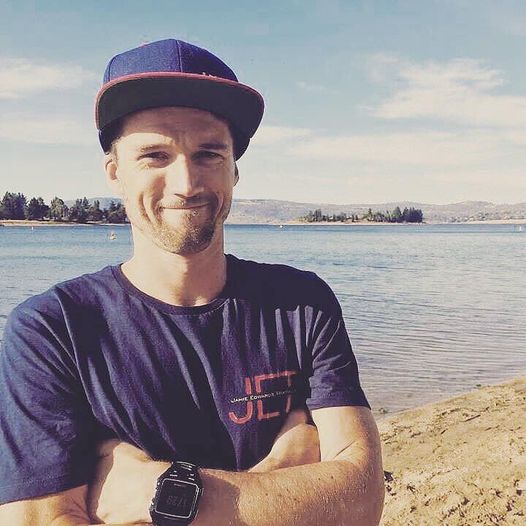
We have a passion – we want to reach and help as many people as possible.
We work with people from all walks of life; busy executives, business owners and working mums to name a few. They are all joined together with a common denominator: to challenge and improve themselves.
We really look to INTEGRATE training into life, rather than dump training on top of life. We want to create a platform of health, and build fitness on top of that. From there we almost expect to see performance… But, when we talk about performance, we aren’t just talking about ‘race day’ but in life as well. Our motto is ‘be your best’ and that goes for swim-bike-run as well as all other areas and the roles you fulfill…
We look at endurance, strength, nutrition, hydration and recovery to ensure we are covering the whole picture and help you function better as a human being and an athlete
We break down each year/season into multiple phases so we can create sustainability and consistency over many weeks, months and years! Those phases include the post season, prep phase, build phase and race phase. We are currently in the prep phase. This is where we looks to reset or establish great habits, take on a little project, address technical aspects, double down on strength and look at doing some very easy work as well as a taste of very dynamic, high intensity work. It’s about building a well rounded and robust athlete!
I’ll often say to people when I initially speak with them that I want to still be working with them in many years as we have been able to integrate training into their lifestyle for the betterment of all aspects of life… As a result they have a healthy relationship with training (and racing) – some of the ways we achieve that are outlined above.
If you haven’t already, check out some of the articles on our website for more info into what we do and how we do it.
This is a little summary of some of our underlying philosophies and methodologies.
